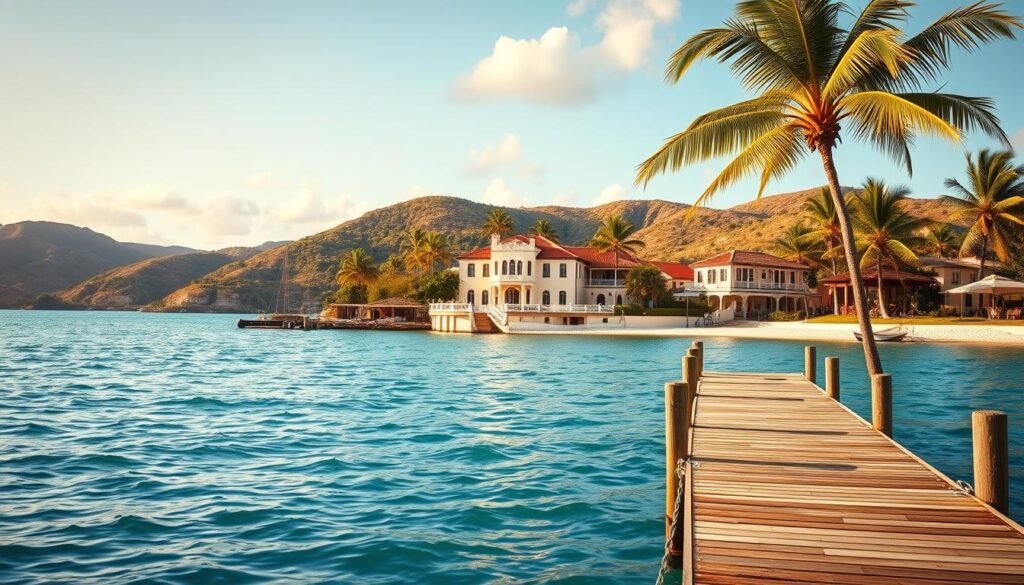Surprising fact: Bermuda sees cruise ships call three main ports and draws most visitors from May through mid‑October, yet the quiet winter months bring big dining deals and peaceful beaches.
I wrote this guide as a practical road map for anyone planning a trip to this Atlantic destination. I walk you through high summer, the gentle shoulder months, and the calm winter so you can match your plans with the season that fits your style.
Along the way I explain how island air and water change through the year. I flag signature events like Bermuda Day and Harbor Nights, note when cruises and ports are busiest, and share how I handle hurricane season with flexible hours in my itinerary.
In short: this piece helps you pick the right slice of the calendar for beach days, whale watching, or cultural festivals—so your travel plans feel easy and confident.
Key Takeaways
- High season runs May–mid‑October for warm air, water, and lively nights.
- Shoulder months (March–April, late Oct–Nov) offer whale migration and mild humidity.
- Winter brings fewer crowds, cooler air, and strong restaurant deals.
- Major events and cruise calls shape how I plan short trips or longer stays.
- Hurricane season spans June–November; direct hits are rare but I build flexibility into my plans.
How I Decide the Best Time to Visit This North Atlantic Island
I plan around activities first, then match those plans with the subtropical climate and ocean patterns.
I start by listing what I want: beaches, golf, whales, or festivals. Then I check when those activities align with the island’s seasonality and sea behavior.
Because this spot sits about 900 miles east of the Carolinas, I do not assume Caribbean norms. I look at humidity, breeze patterns, and how warm the ocean will be on any given days.
For comfort I favor shoulder months—they give long daylight and less muggy air. For water sports I wait until the ocean warms and visibility improves.
I also balance events and energy levels. If I want lively nights and Harbor Nights, I book around festival dates. If I want quiet coves, I shift my schedule by a week and sip a sunset Rum Swizzle in slow company.
| Priority | Ideal Months | Why |
|---|---|---|
| Beach & Snorkel | Late May–Sep | Warmer ocean, long sunny days |
| Comfort & Walks | Mar–Apr, Oct–Nov | Summery air, lower humidity |
| Quiet & Deals | Dec–Feb | Cooler, peaceful, good prices |
The best time to visit bermuda
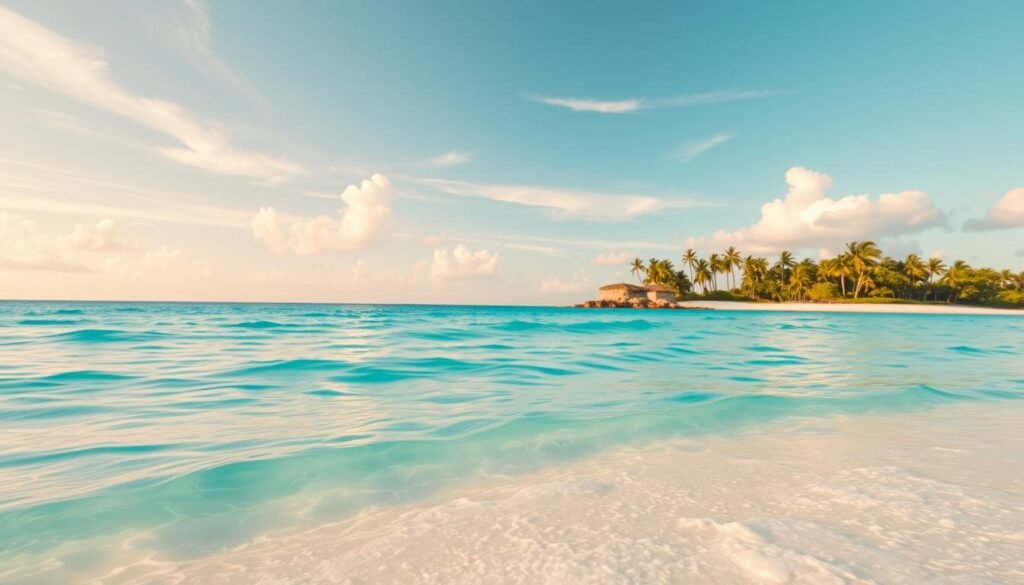
I plan around experiences—warm water, quiet beaches, or island festivals—and let that guide the calendar.
For beach-perfect weather and warm waters
When I want full sun and easy swims, I aim for high season. June through September brings ocean temps in the upper 70s to low 80s °F. Those months are ideal for snorkeling, boat trips, and long afternoons on pink sand.
For fewer crowds and better prices
If I want space and value, I pick late fall into winter. Mid‑November through February shows thinner crowds, lower rates, and quiet beaches.
Restaurant Weeks in mid‑January to mid‑February is a huge draw for food lovers and good for budgets.
For signature events and island culture
When culture matters most, I book around festival dates. Bermuda Day in May, Harbor Nights all summer, Carnival in June, and Cup Match in late July bring lively scenes and local flavor.
I balance events with downtime by leaving one flexible day in the middle of my trip. That helps if winds pick up or a rain shower rolls through.
| Goal | Ideal Months | Why |
|---|---|---|
| Warm water & beaches | June–Sept | Highest water temps for snorkeling and swimming |
| Quiet & savings | Mid‑Nov–Feb | Lower crowds, hotel deals, Restaurant Weeks |
| Festivals & culture | May–July | Bermuda Day, Harbor Nights, Carnival, Cup Match |
Bermuda by Season: High, Shoulder, and Low
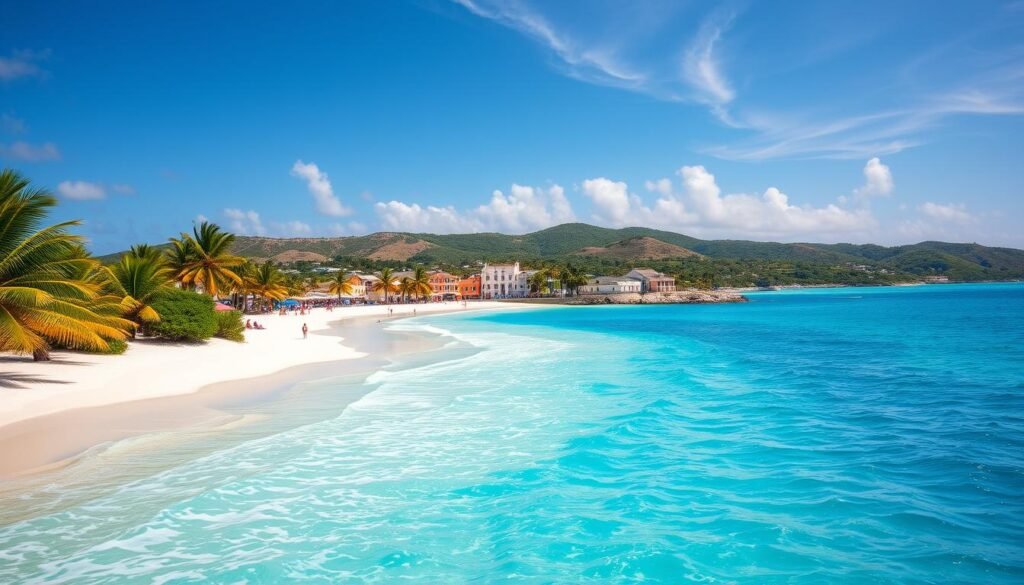
I map the island’s rhythm across the year so each visit fits the kind of trip I want.
High season (May–mid‑October) brings warm air and sea, lively nights on Front Street, and packed calendars of outdoor events. Expect highs in the 70s into the low 80s °F, Harbor Nights weekly, Carnival in June, and Cup Match in late July/early August.
Shoulder seasons split into spring (March–April) and fall (late October–November). Spring gives bright days, lower humidity, and humpback whale sightings offshore. Fall keeps pleasantly warm days with softer crowds—great for golf and food festivals without peak rates.
Low season (December–February) is quiet and budget-friendly. I trade long swims for spa days, cave tours, and scenic bike rides. Restaurant Weeks in mid‑January to mid‑February make dining a smart deal, while air temperatures often sit in the 60s to low 70s °F.
- High season: warm beach days, lively crowds, more cruises and day‑tripper buzz.
- Spring shoulder: whale watching and lower humidity for active travel.
- Fall shoulder: warm days, fewer lines, and good value for golfers and food lovers.
- Low season: savings, serenity, and indoor or scenic activities when weather cools.
Month-by-Month Highlights and Temperatures
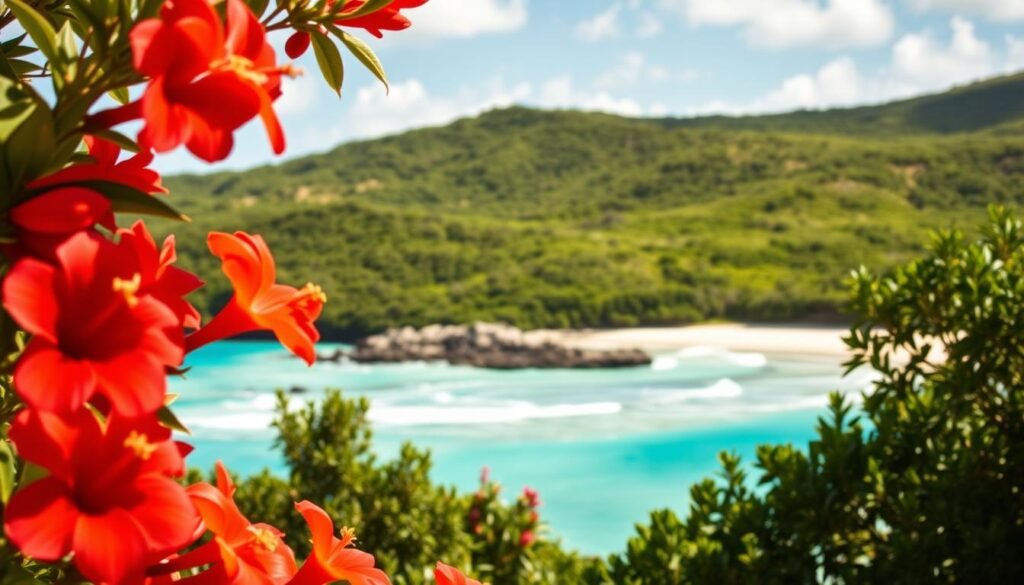
Month-by-month notes help me match events and weather with the kind of trip I want.
January–February
I expect about 70°F air and mid‑60s water. Restaurant Weeks run mid‑January through mid‑February, so I plan spa days and relaxed meals.
March–April
March brings warming seas (~68°F) and the start of whale watching. April stays mild with ~72°F air and spring festivals; I watch kites at Horseshoe Bay.
May–June
May jumps toward ~76°F air and ~72°F water. The City Hamilton buzzes for Bermuda Day and Harbor Nights. June warms further for Carnival and prime snorkeling.
July–October
July–August hit mid‑80s air and low‑80s water; Cup Match dominates late July. September–October keep warm seas and fewer crowds. I scan menus for spiny lobster in early fall.
November–December
Air cools to the mid‑70s with sea temps near the low 70s. I time a short cruise call for the World Rugby Classic or the holiday Boat Parade and lights.
| Period | Air (°F) | Water (°F) | Key notes |
|---|---|---|---|
| Jan–Feb | 70 | 65–64 | Restaurant Weeks, spa deals |
| Mar–Apr | 70–72 | 68 | Whales, spring festivals, Horseshoe Bay |
| May–Jun | 76–81 | 72–78 | Bermuda Day, Harbor Nights, Carnival |
| Jul–Oct | 85–80 | 82–78 | Cup Match, beaches, lobster season |
| Nov–Dec | 75–73 | 72–68 | Rugby Classic, Boat Parade, holiday lights |
Weather, Water, and Climate Essentials
![]()
Understanding air and ocean patterns lets me pick days for snorkeling, hikes, or lazy beach afternoons.
I watch seasonal temperatures for both comfort and gear. Spring usually sits in the low 70s°F, summer runs from the 70s into the mid‑80s°F, fall drifts toward the upper 70s°F, and winter cools into the 60s–low 70s°F.
Typical air temperatures by months
I plan layers: light shirts for warm afternoons, a sweater for cooler evenings, and breathable fabrics on hot summer days. Humidity peaks June–September and often exceeds 80%, but steady ocean breezes help keep walks pleasant.
Atlantic water temperatures and visibility for snorkeling and diving
Sea temps rise from the low/mid 60s°F in winter to the mid‑80s°F in August. Water comfort varies by season; I pack a shorty or full wetsuit for winter dives and go without in late summer when the waters feel like a warm bath.
For photographers and divers, winter can deliver standout underwater visibility—reports near 175 feet—so I sometimes choose cooler months for clearer shots.
| Season | Typical Air (°F) | Typical Sea (°F) | Notes for days out |
|---|---|---|---|
| Spring | Low 70s | Mid to high 60s | Layers for mornings; good for walks |
| Summer | 70s–mid‑80s | Upper 70s–mid‑80s | Warm waters, high humidity, long swim days |
| Fall | Upper 70s | Low to mid‑70s | Warm days, calmer crowds |
| Winter | 60s–low 70s | Low/mid 60s | Cooler swims; excellent visibility for divers |
Crowds, Costs, and Cruise Considerations
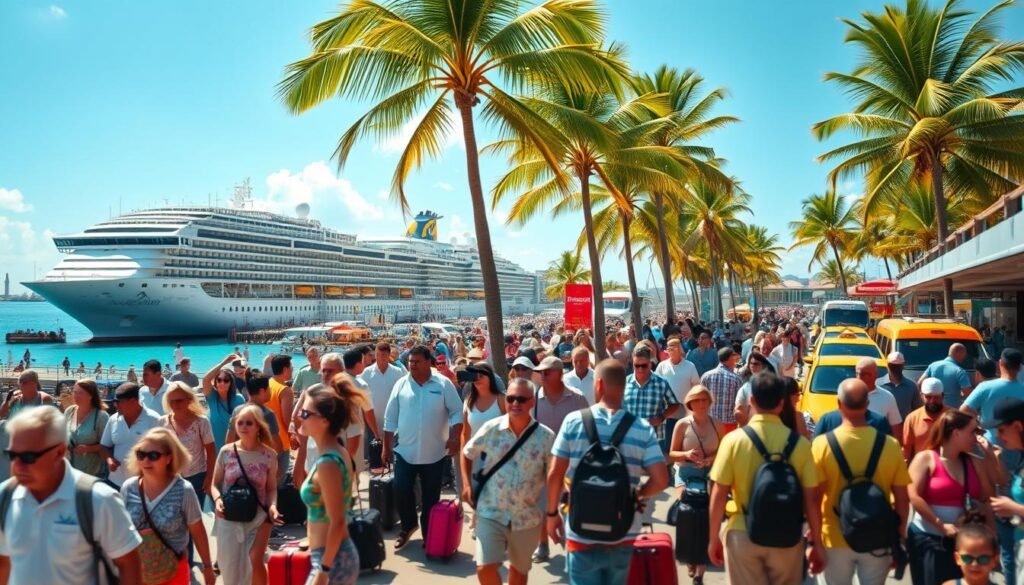
I check when rates, ports, and festivals converge so my trip stays fun and affordable.
When hotels and flights peak — and how I still find deals
Peak pricing hits May–mid‑October, so I book early or shift dates by a few days to save without losing sun. Mid‑November through early March often has the friendlier fares and big dining discounts during Restaurant Weeks.
Shoulder-season sweet spots for value without sacrificing sun
I favor March–April and late October–November. Humidity drops, days stay warm, and upscale stays dip in price. For low crowds, I aim for weekday arrivals and avoid festival weekends.
Cruises: timing, ports of call, and who they suit
cruises ramp up late spring through fall and call at Dockyard, St. George’s, and Hamilton. A cruise suits travelers who want a sampler of the island without arranging hotels.
- I plan beach time early or late in the day to sidestep crowds.
- I compare total trip costs—airfare, lodging, dining, and activities—before I commit.
- When I want an easy cruise option, I check itineraries that offer full shore days and nearby docks.
“A cruise can be a smart, lower-cost way to sample the island and decide where you’d return for a longer stay.”
| Window | Typical cost | Why I pick it |
|---|---|---|
| High season | Peak | Warm days, more ships, book early |
| Shoulder | Value | Sunny days, fewer crowds, better rates |
| Winter | Deals | Quiet stays, Restaurant Weeks |
For cruise planning, I also check detailed schedules and look at a focused guide on time visit bermuda before I lock dates.
Hurricane Season Reality Check
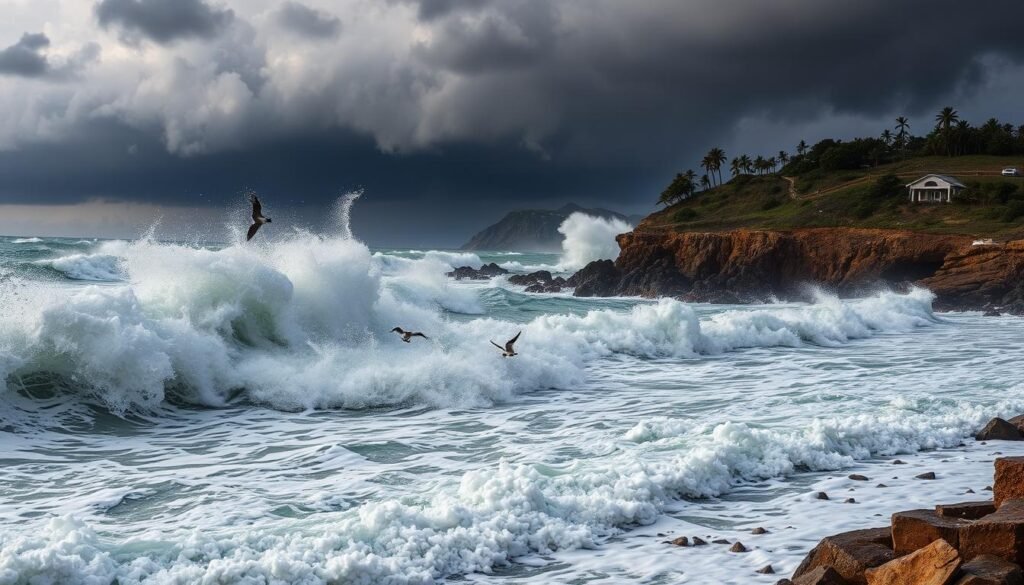
I keep hurricane season in mind as a planning window rather than an automatic deal‑breaker.
June through November is the official hurricane season, so I build flexibility into my plans. I use refundable flights, flexible bookings, and travel insurance so I can change my dates if a system forms.
How I handle risk and forecasts
Historically, direct damaging hits on this island are rare—roughly one every six to seven years. Even so, I watch official forecasts closely during the week before I travel and stay ready to pivot.
Beach safety and smart choices
- Ask lifeguards about currents before entering the ocean; swells and riptides can linger after distant storms.
- I plan indoor options—cave tours, museums, spa visits—so gusty afternoons don’t ruin a day.
- If a storm threatens, I follow local guidance, avoid cliff edges, and steer clear of exposed rocks and rogue waves.
“I treat June–November as a planning window, not a deal‑breaker.”
When the weather is clear, I enjoy warm water and sunny days with the comfort that I can adjust my time if forecasts change. For local conditions and updates I also check the island’s official weather pages like Bermuda weather before departure.
Can’t-Miss Events and Island Culture
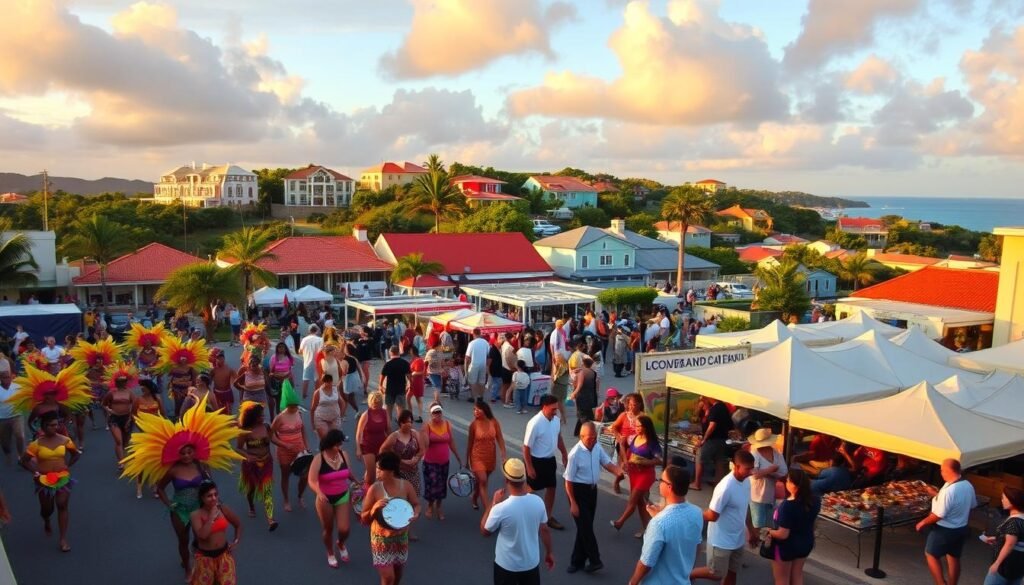
I plan my trips around the island’s calendar of parades, fetes, and quiet rituals. That way I catch the energy without losing restful hours on the sand. Below I note the highlights I never skip.
Bermuda Day parade, pride, and the first dip of the year
I aim for late May and the Bermuda Day parade in the City Hamilton. The fourth Friday in May marks the unofficial start of summer and many locals take the first celebratory dip.
Harbor Nights and Bermuda Carnival: food, music, and fetes
On summer Wednesdays, Harbor Nights fill Front Street with stalls, live music, and bright crowds. I arrive early, stroll for hours, and end with a Rum Swizzle at sunset.
In June, Bermuda Carnival brings fetes and street-style revelry. I book tickets in advance and pace myself to enjoy plenty of offerings across the long weekend.
Cup Match: Emancipation holiday energy and island-wide shutdown
Cup Match in late July or early August is pure holiday energy. I stock up on groceries first, then join picnics, cricket matches, and beach gatherings while many shops pause.
Holiday season: Boat Parade, twinkling palms, and festive traditions
December lights are photogenic. I time a visit for the Boat Parade and citywide decorations. Good Friday kite-flying at Horseshoe Bay is another family‑friendly tradition I love.
| Event | When | Why I go |
|---|---|---|
| Bermuda Day | Late May | Parades, pride, first dip |
| Harbor Nights | Wednesdays (summer) | Food, music, long hours |
| Cup Match | Late Jul–Aug | Holiday energy, cricket |
“Culture and community make the calendar as memorable as the beaches.”
Activities by Season: Beaches, Golf, Whales, and More
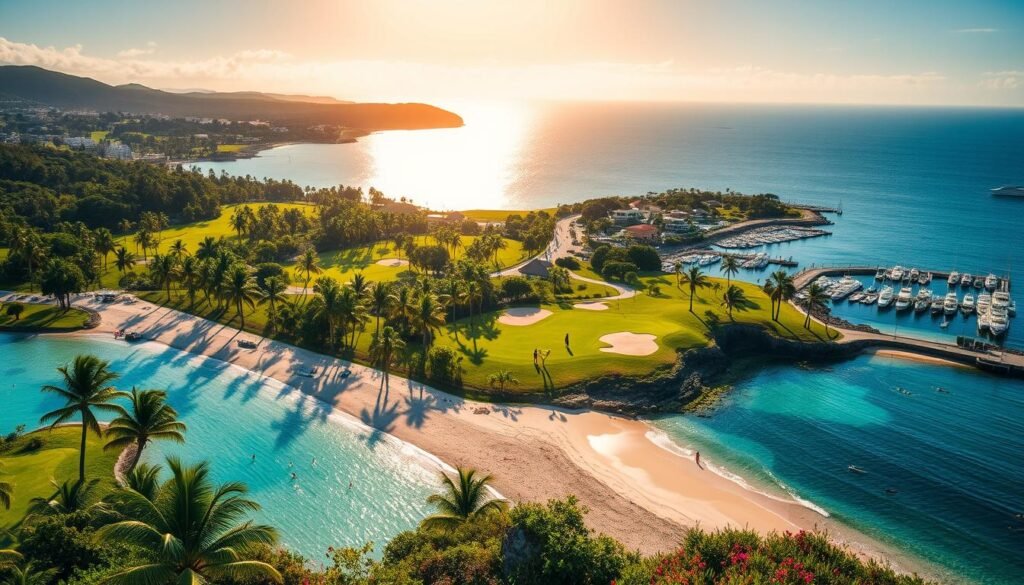
I match each activity with the months that give the right air, sea, and light for it.
Beaches and snorkeling: warmest waters and best visibility
For relaxed beach days I aim for June–September when the waters hit roughly 78–84°F. The reefs often sparkle late in the afternoon and visibility gets excellent on calm days.
Tip: Split mornings between snorkel swims and shady breaks so you get long, easy hours on the beaches without sun fatigue.
Golf getaways: why I favor March–April and late October
I book golf trips in spring and late October. The air feels crisp, tee sheets have space, and humidity stays low. Those months help me work on my short game without summer heat or crowded fairways.
Whale watching, lobster season, and outdoor adventures around the island
Whale watching peaks in spring, so I take a morning boat for calmer seas and better sightings. Spiny lobster returns in September—I plan at least one dinner around fresh catch.
Warm months also bring glow-worm cruises and late-night boat shows. In winter I swap long swims for cliff hikes, cave tours, and wetsuit dives where underwater clarity can shine.
| Activity | Ideal months | Why I pick it |
|---|---|---|
| Beaches & snorkeling | Jun–Sep | Warm waters, strong visibility on calm days |
| Golf | Mar–Apr, Oct | Cooler air, open tee times, low humidity |
| Whale watching | Mar–Apr | Calm mornings, peak sightings |
| Lobster & night cruises | Sep; summer nights | Fresh catch, glow-worm displays |
“I keep plans flexible so I can chase calm conditions for wind-sensitive activities around island coves.”
Conclusion
In short, match activity goals—beach, golf, whales, or festivals—with the stretch of the year that makes them easiest.
My take: summer brings warm seas and festival buzz, spring is great for whales and golf, fall balances warm water with fewer crowds, and winter offers value, spa days, and holiday charm.
For a short sampler, consider cruises. For a deeper island rhythm, stay longer and pace your days. Build flexibility during hurricane season and you’ll usually enjoy blue skies and calm seas.
I use this guide each year when I plan a trip and check notes on events and weather. For a quick planning reference on when to go, see this planning page: time visit bermuda.


